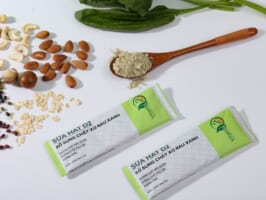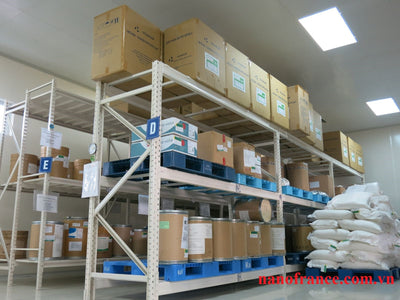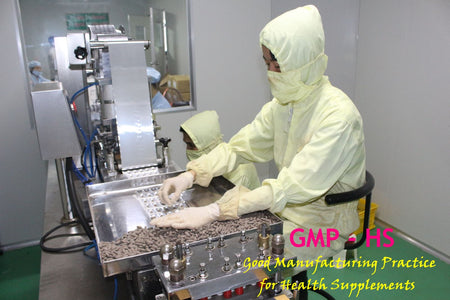Uses of lemon basil leaves
Lemon basil or thick-leafed perilla, dwarf basil, hairy basil, perilla, and Chinese basil ( binomial name : Plectranthus amboinicus , synonym: Coleus amboinicus ) is a plant of the Lamiaceae family .

Describe
Herbaceous, perennial. 20-50cm tall. The stem near the base is woody. The leaves grow opposite, thick, hard, brittle, succulent, with rounded serrated edges. The stem and leaves are brittle, plump, the leaves are thick with fine hairs, fragrant and spicy. Both sides of the leaves are light green. Small flowers, 4 stamens, purple-red, grow in clusters at the end of the branch. The fruit is small, round, brown. The whole plant has very fine hairs and smells like soup, so some places call it Lemon Basil.
Origin and distribution:
Lemon basil is native to the East Indies and the Moluccas islands, and is now widely grown in Malaysia, the Philippines, and Thailand.
In Vietnam, lemon basil has been grown for a long time, scattered among the people. Leaves can be harvested all year round, usually used fresh, picked as needed. When the weather is dry, pick young leaves, remove damaged leaves or old, yellow leaves, dry in the sun or dry at 40-45oC until dry.
Parts used:
Leaves and young shoots.

Chemical composition:
Lemon basil leaves contain little essential oil (0.05-0.12%), in the essential oil there are up to 65.2% phenolic compounds including salicylate, thymol, carvacrol, eugenol and chavicol; there is also a red substance called colein.
Pharmacological effects:
Lemon basil essential oil has a strong inhibitory effect on bacteria with the lowest inhibitory concentrations corresponding to the following: Mycoides bacilli (1:1000), subtilis bacilli (1:1000), tuberculosis bacilli (1:1000), pneumococcus (1:500).
Lemon basil essential oil also has the effect of killing amoeba Entamoeba moshkowskii, inhibiting Ecoli bacilli, streptococci, diphtheria bacilli, and whooping cough bacilli.
Lemon basil has the effect of inhibiting the isolated intestinal smooth muscle spasmogenic activity of Histamine and acetylcholine.
Properties and functions:
Lemon basil leaves have a fragrant, slightly sour, spicy, warm nature, affect the liver and lung meridians, have the effect of benefiting the lungs, eliminating phlegm, relieving colds, inducing sweating, reducing fever, and detoxifying.
Uses:
Lemon basil leaves are used to treat colds, coughs, asthma, sore throats, coughing up blood, high fever, fever without sweating, vomiting blood, nosebleeds. Fresh lemon basil leaves are often used at a dose of 10-16 g per day, in the form of decoction, steaming or crushed and squeezed to get the juice to drink. In steaming medicine, lemon basil leaves are often used with many other types of leaves containing essential oils such as lemongrass, basil, patchouli, etc.
Use fresh crushed lemon basil leaves externally, apply on wounds to treat centipede and scorpion bites.
In India, lemon balm leaves are used to treat urinary tract diseases.
Medicine with lemon basil
Cure cough, sore throat, hoarseness: Crush 5-10g of young lemon basil leaves and squeeze out the hot juice. Or crush a handful of leaves (15-20g), add water, squeeze out the juice and drink twice a day. For children, add a little sugar, steam with rice and let them drink 2-3 times.
Cure common cough with phlegm : Wash 15-16 lemon basil leaves, 4-5 green kumquats and puree with a blender. Add enough rock sugar, steam for about 20 minutes and give your baby 1-2 times a day until the cough is gone.


Cure stomachache:
Wash young lemon basil leaves, chew 1-2 leaves with a little salt, swallow gradually.
Cold treatment:
Lemon basil 10g, fritillary 12g, perilla 12g, ginger 8g, tangerine peel 8g, angelica 5g. Boil and drink one dose per day for 5 consecutive days.
Cure flu, fever, chills, headache, stuffy nose, cough with phlegm:
15-20g fresh lemon basil leaves, 12g ginger, 12g onion. Boil and drink at the same time and steam to sweat.
Cure cold, no sweat :
Boil and drink a mixture of 20g lemon basil, 15g perilla, 5g fresh ginger, 15g licorice. Let the child drink the medicine while it is still warm to sweat.









